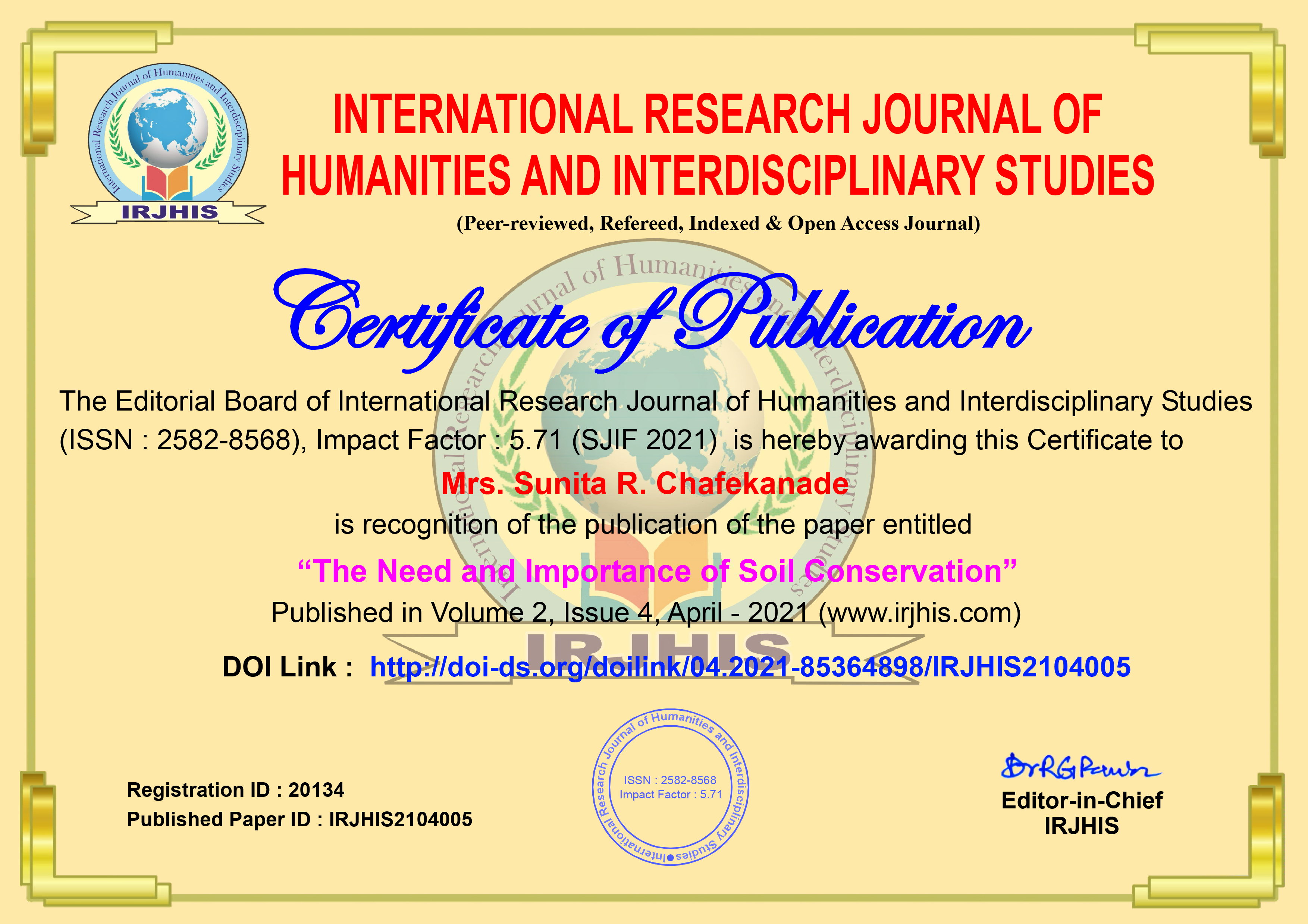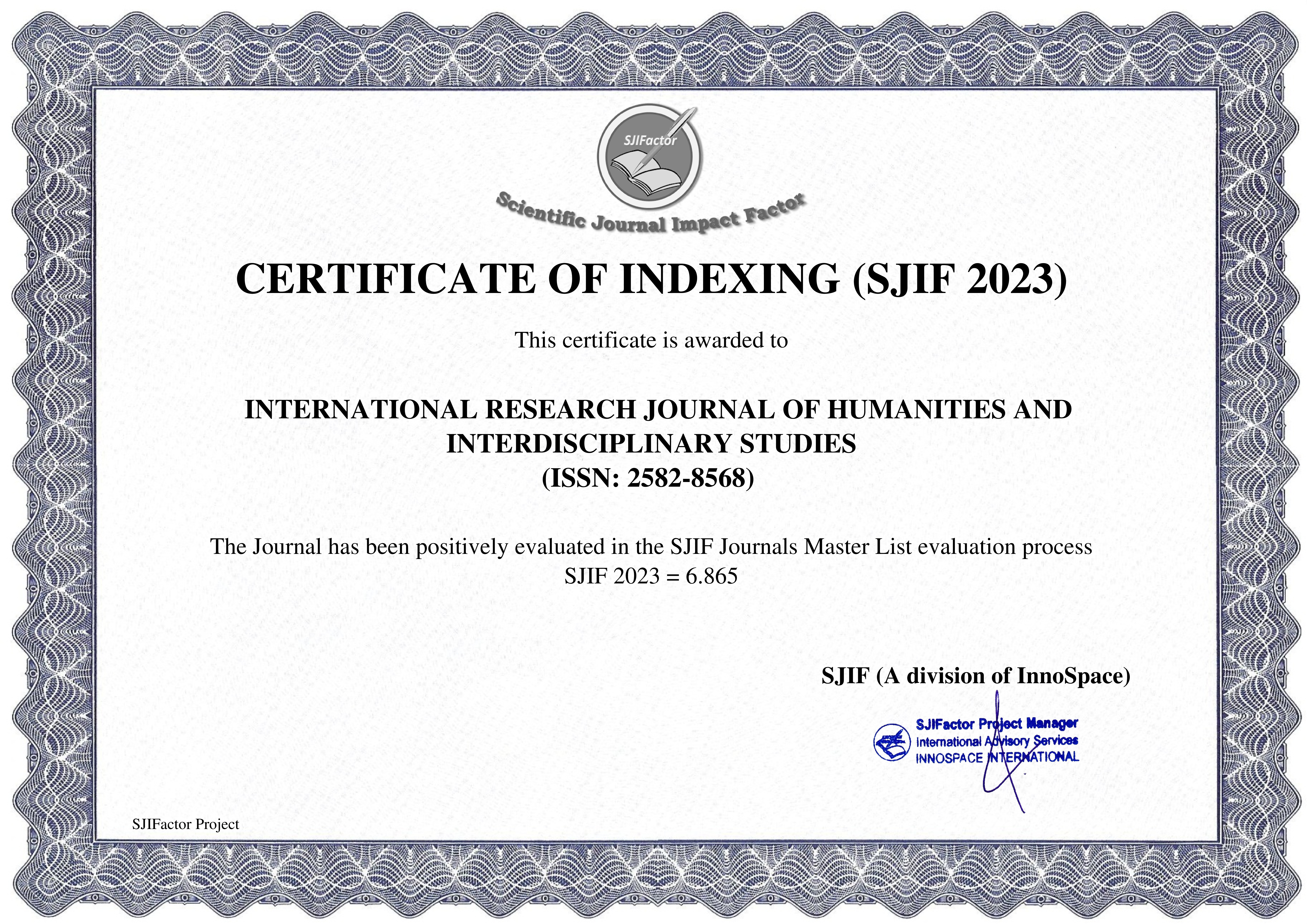Paper Details


Call For Papers
Volume 06, Issue 11
Frequency: 12 Issue per year
Paper Submission: Throughout the Month
Acceptance Notification: Within 2 days
Areas Covered: Multidisciplinary
Accepted Language: Multiple Languages
Journal Type: Online (e-Journal)
Announcement

Publish books with ISBN Number
- Edited Book
- Text Book
- Ph.D Thesis
- Conference Proceedings
ISSN Number:
2582-8568
Journal DOI No:
03.2021-11278686
Title:
Economic and Technological Synergies in India-Japan Multilateral Engagement: Opportunities and Challenges
Authors:
Cite this Article:
,
Economic and Technological Synergies in India-Japan Multilateral Engagement: Opportunities and Challenges, International Research Journal of Humanities and Interdisciplinary Studies (www.irjhis.com), ISSN : 2582-8568, Volume: 6, Issue: 5, Year: May 2025, Page No : 316-329,
Available at : http://irjhis.com/paper/IRJHIS2505030.pdf
Abstract:
A key component of India and Japan’s multilateral engagement is their strategic alliance, which has been shaped in a substantial manner by their shared technological and economic advantages. India, the third-biggest economy in Asia, and Japan, a technology powerhouse, are utilizing their complementary advantages to promote innovation, regional connectivity, and sustainable growth. Advanced technologies, including artificial intelligence, robotics, and space exploration, as well as digital transformation, renewable energy, and infrastructure development, are important areas of collaboration. The Asia-Africa Growth Corridor and the Mumbai-Ahmedabad High-Speed Rail venture are two examples of their collaborative efforts to promote economic integration and offset China’s Belt and Road Initiative. Nevertheless, challenges still exist. The full realization of economic potential is, however, hampered by trade imbalances, regulatory obstacles, and disparities in market access. Deeper collaboration in the technological sphere is hampered by gaps in legislation and technology transfer procedures. Furthermore, rigorous strategic interest alignment is necessary to navigate geopolitical complications, such as regional security issues and the requirement for robust supply networks. The importance of the India-Japan economic and technological partnership for both global and regional governance is examined in this paper along with its opportunities and difficulties. It makes plausible that by tackling these issues, the collaboration can turn into a prototype for sustainable and equitable growth in the changing world order.
Keywords:
India, Japan, economic, tech, synergy, multilateralism
Publication Details:
Published Paper ID: IRJHIS2505030
Registration ID: 21880
Published In: Volume: 6, Issue: 5, Year: May 2025
Page No: 316-329
ISSN Number: 2582-8568
Download Full Paper: Click Here
Article Preview:





